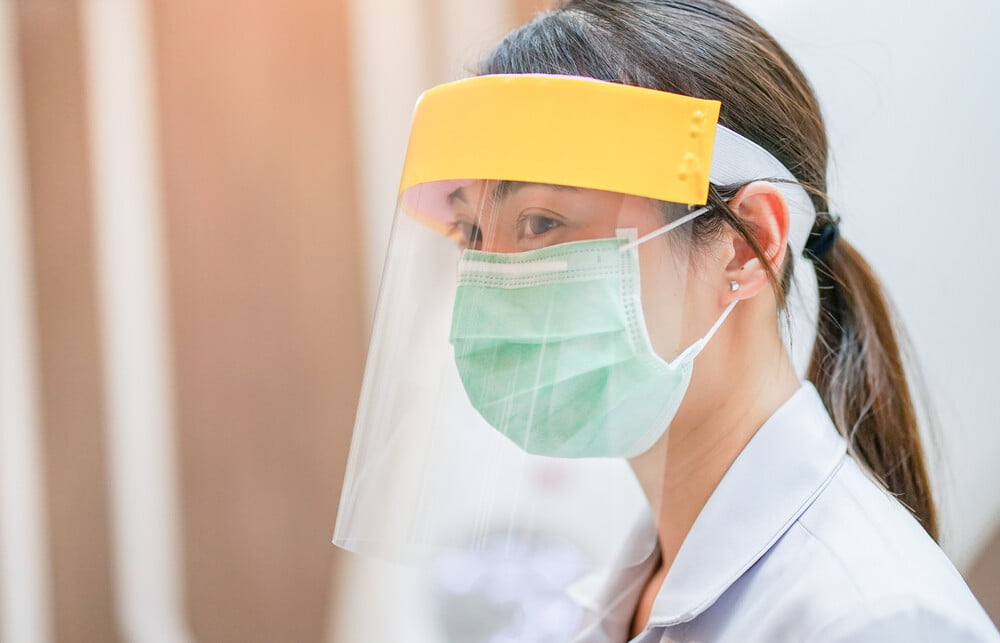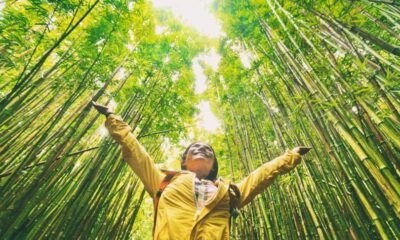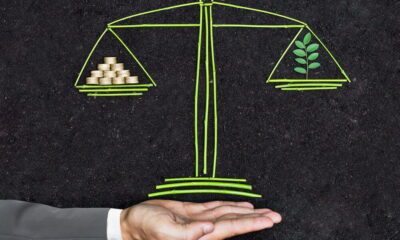

Environment
The Terrifying Environmental Footprint Of PPE Disposals
There are plenty of things that we need to do to make sure that we are protecting the environment. We have talked about the importance of reducing home waste in the past. Unfortunately, people often have a blind spot for environmental hazards that are caused by products and services that make our lives better in important ways.
PPE is a big example. What is the environmental impact of PPE? How can we reduce it?
Gauging the Environmental Consequences of Our PPE
Personal protective equipment (better known as PPE) remains in high demand as the coronavirus crisis rages on, especially now that face coverings are strongly recommended in many states. However, most items of PPE, such as masks and gloves, are single-use, meaning they will need to be disposed of after they have served their purpose, which has the potential to create large volumes of waste.
Between 10 and 16 million items of protective wear are needed every day, and most are made of single-use plastics. To accommodate the increased demand, the production of PPE is expected to rise by 20% by 2025, but there’s growing concern over how it may negatively impact the environment. Here we look at what happens to PPE after usage and the problems with the way it is disposed of.
Used PPE often ends up in the ocean
Prior to the pandemic, around 8 million tonnes of plastic were already entering our oceans every year, and that number is set to increase even further as PPE becomes even more frequently used by members of the public. In fact, concerns have already been raised about the devastating environmental impact after gloves, masks and other face covers were discovered in the Mediterranean Ocean near the coast of Cannes, France. One activist even suggested there would soon be more masks than jellyfish in the ocean. Single-use plastic masks can take up to 450 years to decompose, as it is neither recyclable nor biodegradable. Instead, these masks break down into microplastics which contaminate the ocean, damaging marine life, while also polluting the source of our drinking water.
Rising demand could lead to increased plastic pollution
We have talked about the growing concerns about landfill waste in a previous article. This is one of the many concerns about the growing use of PPE.
As the general public has to wear face masks in many different settings, we’re having to buy more of them for daily use. As such, demand for these items is increasingly higher since the pandemic began and, although reusable fabric masks are seeing widespread use, the global disposable face mask market size exceeded $75 billion USD in Q1 of 2020, and is expected to grow at a rate of 53% from 2020 to 2027. To better understand the harsh reality of discarded PPE, consider that, at the peak of the pandemic, hospitals in Wuhan were producing more than 240 tons of single-use plastic-based medical waste per day. If this increase happens in other areas, the US could generate a year’s worth of medical waste in two months.
Is there an eco-friendly way to dispose of PPE?
Burning used PPE is the most effective way to dispose of single-use masks, as the high temperatures can effectively destroy the virus, and the process doesn’t generate much waste, helping to protect the environment. The energy created can also be used to heat buildings or produce electricity, which reduces the need for fossil fuels.
However, many waste and recycling companies are rising to the challenge themselves, coupling solid business acumen with a need to do something for the greater good. As Bywaters have noted, it isn’t just a case of finding an environmentally friendly way to dispose of this equipment, but also “minimising the spread of COVID-19 when reopening public and private space.” Customers will be provided with a UN-approved container for their PPE waste, specifically designed to transport hazardous goods safely without anyone along the supply chain having to touch them directly.
Another sustainable strategy is to transform PPE into biofuels. A Covid-19 study by The University of Petroleum and Energy Studies discovered that the polypropylene in these products can be broken down. This is done through a process called pyrolysis, which exposes the plastics to temperatures of 300-400 degrees, without oxygen, converting them into renewable fuels. Dr Sapna Jain, the lead author of the study, said that the transformation into synthetic fuels “will not just prevent the severe after-effects to humankind and the environment, but also produce a source of energy”. It’s also expected to be the most sustainable method of recycling PPE waste compared to incineration and landfill.
PPE Waste Management Must be a Priority
There are a lot of factors that we need to keep in mind when implementing sound environmental policy. Managing PPE waste is among them. We need to follow the right steps to keep PPE waste from growing out of control as the pandemic continues to rage on.


 Environment10 months ago
Environment10 months agoAre Polymer Banknotes: an Eco-Friendly Trend or a Groundswell?

 Environment11 months ago
Environment11 months agoEco-Friendly Home Improvements: Top 7 Upgrades for 2025

 Features9 months ago
Features9 months agoEco-Friendly Cryptocurrencies: Sustainable Investment Choices

 Features10 months ago
Features10 months agoEco-Friendly Crypto Traders Must Find the Right Exchange





























